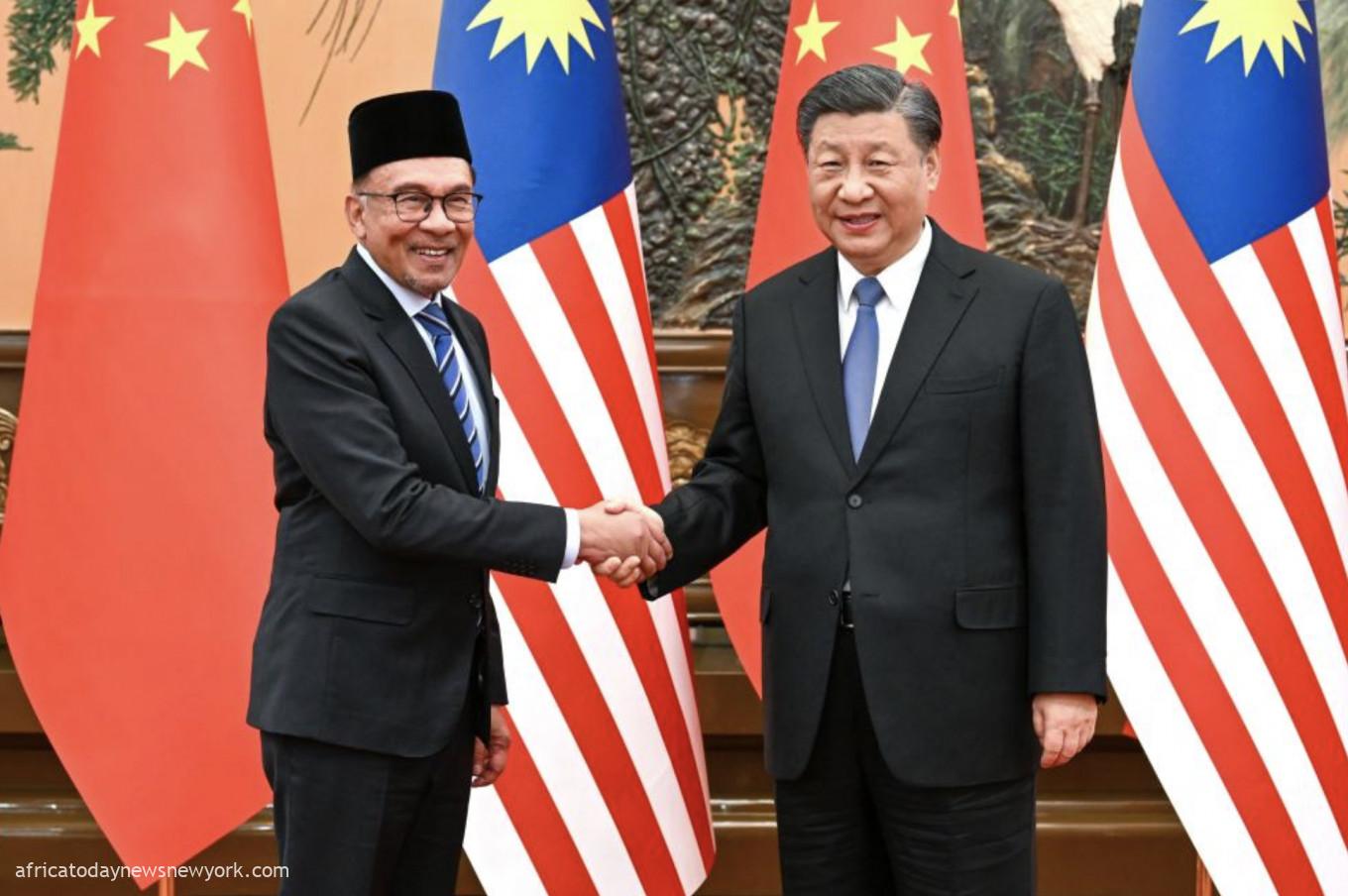Malaysia on Thursday rejected the latest edition of the ‘standard map of China’ that lays controversially claim to almost the whole of South China Sea, including areas lying off the coast of Malaysian Borneo.
Africa Today News, New Today reports that tensions have been on the rise in the strategically important waters as China has become increasingly assertive in its claim despite a 2016 international court ruling that its so-called ‘nine-dash line’ was without merit and superseded by the 1982 United Nations Convention on the Law of the Sea (UNCLOS).
It has established military outposts on rocky outcrops in recent years, and it has also sent out its coast guard and marine militia, which has occasionally resulted in conflicts with other claims, such as Malaysia and the Philippines. Taiwan, Brunei, and Vietnam also have maritime claims.
Malaysia remarked that China’s “unilateral maritime claims” were visible on the new map, which clearly shows the nine-dash line, and that they overlapped with Malaysia’s claims to its states of Sabah and Sarawak.
‘Malaysia does not recognise China’s claims in the South China Sea as outlined in the ‘2023 edition of the standard map of China’ which extends into Malaysian maritime area,’ the foreign ministry said in a statement on Thursday night. “The map has no binding effect on Malaysia.’
Read Also: 12 bodies Discovered After South China Sea Typhoon Shipwreck
The tongue-shaped nine-dash line is based on Chinese historical records dating to the Xia dynasty, nearly 4,000 years ago.
Africa Today News, New York can confirm that India has already lodged a strong protest over China’s new map, which it said showed the Indian state of Arunachal Pradesh and the Aksai Chin plateau as official Chinese territory. The two have been in dispute over their mutual border for decades with clashes reported as recently as 2020.
“We reject these claims as they have no basis. Such steps by the Chinese side only complicate the resolution of the boundary question,” India’s foreign ministry spokesman Arindam Bagchi said in a statement.
Asked about India’s criticisms, Beijing said the map reflected China’s “exercise of sovereignty in accordance with the law”.
“We hope relevant sides can stay objective and calm, and refrain from over-interpreting the issue,” foreign ministry spokesman Wang Wenbin told the media at a briefing on Wednesday.
In its statement, Malaysia said the issue of South China Sea sovereignty was “complex and sensitive” and needed to be resolved through dialogue and consultation in accordance with international law, including UNCLOS.
It said it was committed to further negotiations for an “effective and substantive” code of conduct in the South China Sea leading to its “expeditious” conclusion.
Malaysia has said it will continue exploring for oil and gas off Borneo despite Chinese threats. In 2021, it summoned the Chinese ambassador to protest against the “presence and activities” of Chinese vessels in its exclusive economic zone (EEZ) off Borneo.
China has also caused upset in the Philippines with its activities in the South China Sea.

